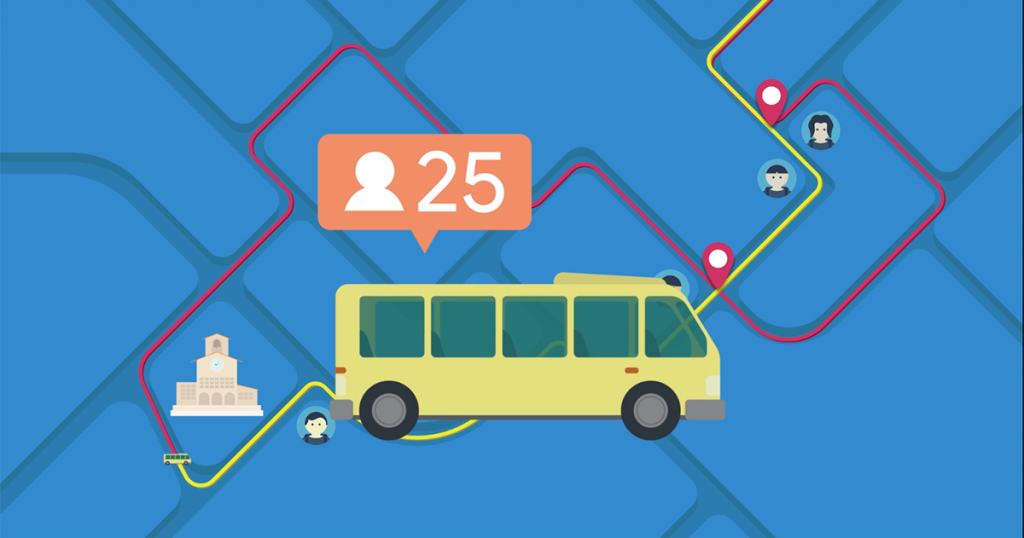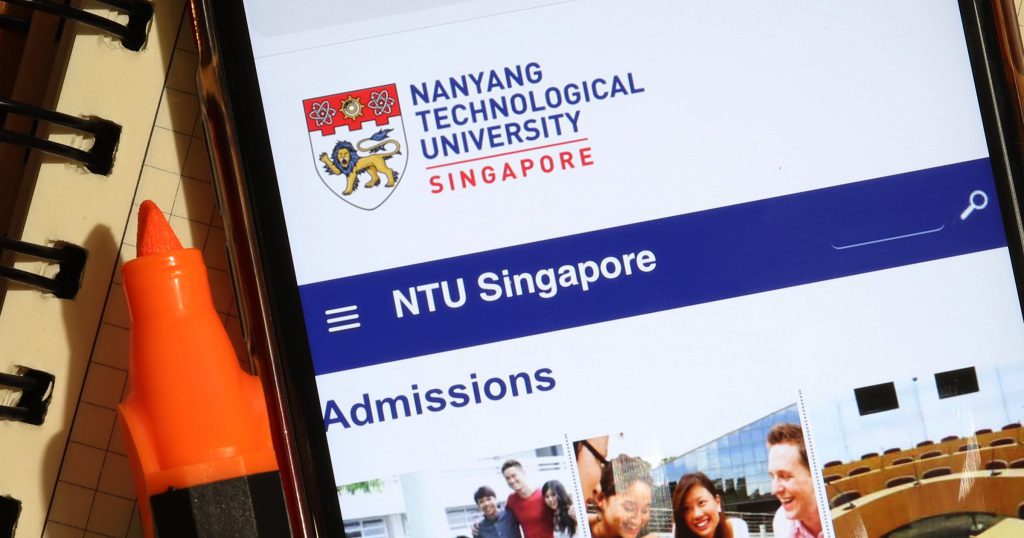Being a parent is the toughest job in the world.
The unconditional love for your child is entirely different from the one you experience with your spouse and friends – it’s at a whole other level. You suffer with them through chickenpox and bullies, and try to calm your own incessant worrying.
Do you feel a crippling anxiety when your kid boards the school bus? Do you worry about his safety? Or whether she gets left behind in school alone? The list goes on.
But there’s a solution developed by A*STAR scientists! Now, you no longer have to worry about tracking your kid’s whereabouts after sending them off on the school bus. There’s a new app and it will, no doubt, cool your jets.

What Is SBMS?
Jointly created by the Singapore School Transport Association (SSTA) and A*STAR’s Singapore Institute of Manufacturing Technology (SIMTech), the School Bus Management System (SBMS) makes use of electronic tags to pinpoint a child’s location. These tags also double up as attendance markers.
So how exactly does it work?
Every child is equipped with a special pass, and in it an embedded Bluetooth chip lets their parents know where they are. For example, when their child gets on or off the bus, an update will be sent to them.

The SBMS sends out three notifications: 1) 10 minutes before a school bus arrives, 2) when the child boards the bus, 3) when the child arrives at school.
These notifications can be sent up to a total of five people, including the child’s grandparents and domestic helper.
Information on the bus driver’s NRIC and name – and a map indicating the bus’s location will also be included in the app. Another convenient feature is the option for parents to call the driver, in case of an emergency. (Parents, please don’t abuse this function by incessantly calling the driver just because your kid forgot his water bottle! You are only endangering him.)
Separate App For Bus Drivers
And speaking of the school bus driver, each of them will have a separate app. This app will alert them whenever a child misses his stop, or if he’s still on the bus after everyone has gotten off.

This app will also prevent erratic or reckless driving. The in-built sensors on the bus will send an alert to the command centre, if a bus strays from its allocated route, weaves in and out of traffic, or travels at dangerously fast speeds.

What SBMS Can Do
Drivers don’t have to go through the arduous process of manually accounting for all the children on board the school bus. Thanks to automated boarding and the electronic attendance marker, waiting time is reduced and service levels are improved. With the SBMS app, bus drivers also no longer have to plot their journeys manually! The app is able to generate a shorter and faster route automatically.
All this saves up to 14 minutes per trip, while parents no longer have to waste time mindlessly waiting for the school bus to arrive.
And if everyone alights from the bus, and a sleepy kid is left on the bus, motion sensors will detect his presence and alert the driver. Talk about leaving no child behind!
SBMS will also reduce mischief. The system has cameras inside the bus which can help monitor the kids and record any bullying incidents – a growing concern among parents.
How SBMS Came About
According to the chairman of the Singapore School Transport Association (SSTA), Wong Ann Lin, the idea for SBMS began after they found a sleeping kid on a bus just as the driver was done with his rounds and was closing up for the day. Because he was lying down on the seat, the driver couldn’t see him from his viewpoint. Coupled with incidences about students missing the bus and buses being late, the SBMS was born.
The Agency for Science, Technology and Research (A*STAR) researchers from SIMTech decided to create an integrated system for the app. The process involved a myriad of steps, including designing the app user interface; concocting the algorithm for route planning; interpreting the data analysis; and setting up multiple cameras and sensors on and inside the bus.
From October to December 2015, the SSTA collaborated with A*STAR to carry out a pilot run involving 70 primary school students to examine the app’s potential.
What’s Next For SBMS?
SBMS may only be in its trial phase but A*STAR researchers are already planning for the next batch of updates for the app. One such idea is to integrate up-to-the-minute traffic conditions into the automated route planning system, similar to what they have for Google Traffic.
Currently, the SSTA is hoping to get more government funding to develop the app further. The scheme is expected to roll out to 3,500 school buses or 80% of school buses in 2017.
Here’s a video offering a peek into how SBMS will work:












